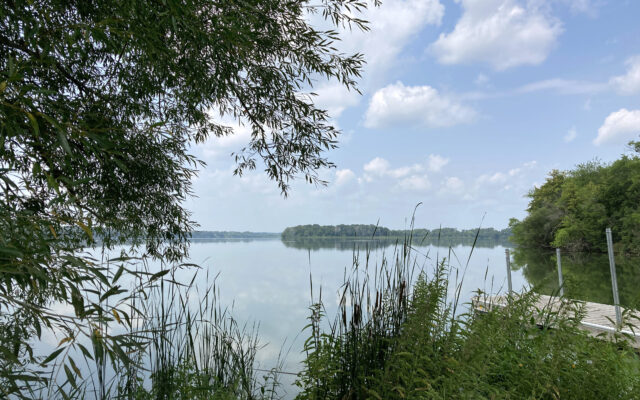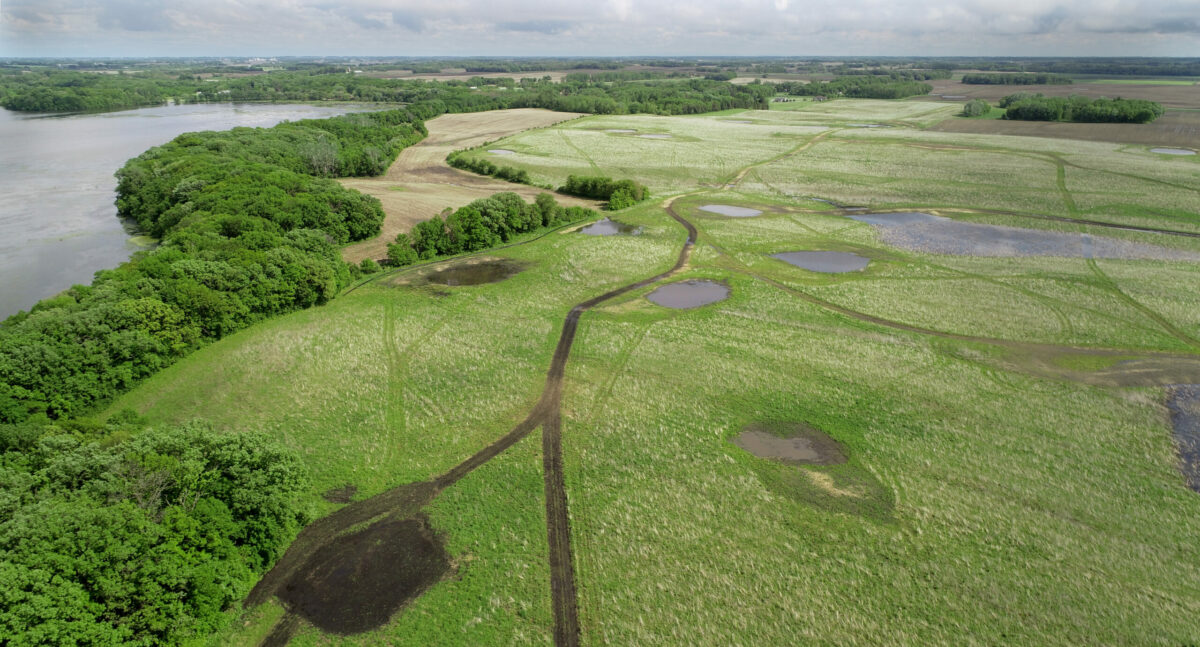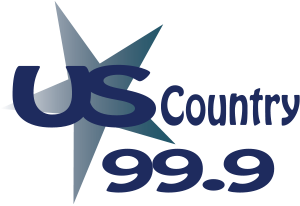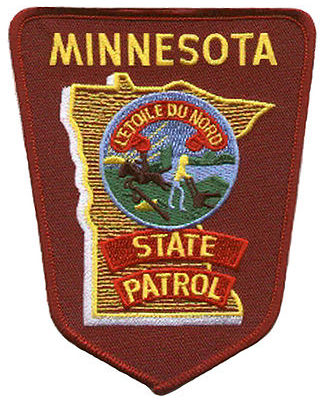245-acre Pickerel Lake removed from impaired waters list following DNR improvements

June 8, 2022
ALBERT LEA —The Shell Rock River Watershed District’s final push to remove Pickerel Lake from the impaired waters list brought improvements that extend to the Mississippi River, and forged partnerships that completed a 245-acre prairie and wetland habitat restoration.
Six years after the Minnesota Board of Water and Soil Resources awarded the SRRWD an $825,610 Targeted Watershed Program Clean Water Fund grant focused on nutrient-impaired Pickerel Lake, this spring, water filled the reconstructed wetlands. Elsewhere in the 5,120-acre watershed, erosion control and water storage projects were working as designed. The 2016 grant supported efforts to attain the final 10% phosphorus reduction required to meet state water quality standards.
The 620-acre lake just south of Albert Lea is prone to algae blooms. One pound of phosphorus can produce 500 pounds of algae.
The last grant-supported projects finished in late 2021.
“One of the main reasons that we targeted Pickerel Lake is because it’s a headwaters location for us,” said SRRWD Program and Project Manager Courtney Phillips. “We’re the headwaters location for the Cedar River, and that ultimately goes to the Mississippi down in Iowa. So we want to be able to target and clean our water from the source.”
The largest single element of that $1.04 million effort in terms of size and scope, the 245-acre restoration built upon a Pheasants Forever and U.S. Fish & Wildlife Service project.
Pheasants Forever purchased the land for $1.79 million in 2017 with Outdoor Heritage Funds, and then donated the land to the USFWS. The U.S. Fish & Wildlife Service created the new Pickerel lake Waterfowl Production Area (WPA). The SRRWD partnership and Clean Water Fund infusion made it possible to restore drained wetlands and convert what was marginal cropland to upland habitat.
Work started in 2019 and finished in spring 2020. The SRRWD supervised the wetland restorations, and covered about $294,100 in engineering and construction costs. USFWS staff contributed nearly $124,400 in labor to seed the site.
USFWS staff will maintain the Pickerel Lake WPA, which was established Aug. 30, 2021.
“It’s going to accentuate (the value of) the adjacent lake, not just from a water-quality standpoint but also wildlife production — specifically, waterfowl. It (will provide) really important breeding areas for waterfowl,” said Windom-based USFWS District Manager Todd Luke, who has since accepted a position with the agency in North Dakota.

The wetlands — and more than 75 deep-rooted tallgrass prairie species growing in the surrounding uplands — filter pollutant-carrying runoff and reduce erosion by stabilizing the soil. Pheasants Forever developed a seed mix harvested from native prairies and obtained from vendors. As closely as possible, the mix reflects species that would have flourished before European settlement.
“Adding all those nectar plants is going to be a tremendous value to boosting native pollinators, which are going to trigger benefits down the food web,” Luke said.
The WPA borders the southwest shore of Pickerel Lake.
Alex Nelson, Pheasants Forever’s Spicer-based Minnesota restoration manager, said the site’s lakeshore, number of restorable wetlands, and proximity to other restorations within a heavily agricultural area near a city met several conservation objectives.
“We don’t want the postage-stamp, small 40-acre easement in the middle of nowhere. We’re trying to build on complexes, kind of create that functioning prairie within the ag landscape,” Nelson said. “Good habitat means a lot more than just grass in the ground. It’s clean water and public (hunting) access. … Complexes are important.”
Together, estimates show the BWSR grant-supported projects will keep about 20,790 pounds of nitrogen, 110 tons of sediment and 358 pounds of phosphorus out of the lake each year, and save 84 tons of topsoil annually. Those projects included a 45-acre upland and wetland restoration with 2,000 feet of grassed waterways directly upstream, a 3,000-foot-long two-stage ditch, a 1,200-foot-long streambank restoration, and a reconstructed ditch outlet.
“We can get a lot more done when we partner and work together instead of everybody doing their own thing. This is a prime example of that,” Nelson said.
The SRRWD will transfer the 45-acre site it purchased for $273,000 with Outdoor Heritage Funds in June 2018 to the Minnesota Department of Natural Resources (DNR), which will add it to the Upper Twin Lake Wildlife Management Area (WMA). The transfer is expected to be finalized this summer.
“It’s excellent wildlife habitat. The restoration effort they put into the wetlands as well as the upland cover is going to be a huge addition,” said Jeanine Vorland, Owatonna-based DNR area wildlife manager.
“Beyond that, there’s certainly going to be hydrologic and water-quality benefits to Pickerel Lake.”
Because it’s a shallow lake — 6 feet at its deepest — Pickerel Lake is more sensitive to nutrients, and its sediments are more easily stirred by wind or bottom-churning carp. The SRRWD’s earlier work with the DNR to remove rough fish improved water clarity and reduced nutrient levels.
“It makes any management action more sustainable when we have targeted restorations and protections in the lake’s watershed,” Vorland said. “The water quality helps improve the habitat and the habitat helps improve the water quality.”
Erosion control measures help to improve water quality by curbing sediment and the pollutants it carries. The restored wetlands and prairie plantings help to store water on the landscape, and to
stabilize erosion-prone soil.
“These projects are critical for Pickerel Lake’s water quality,” Phillips said.
“The great thing about these targeted watershed projects is we really worked (with) landowners that are going to be able to keep these projects perpetually,” Phillips said of the federal WPA and the planned state WMA addition. “Those are all perpetual-type projects that we will see for future generations.”
The Minnesota Board of Water and Soil Resources’ mission is to improve and protect the state’s water and soil resources by working in partnership with local organizations and private
landowners. www.bwsr.state.mn.us
Minnesota Department of Natural Resources



